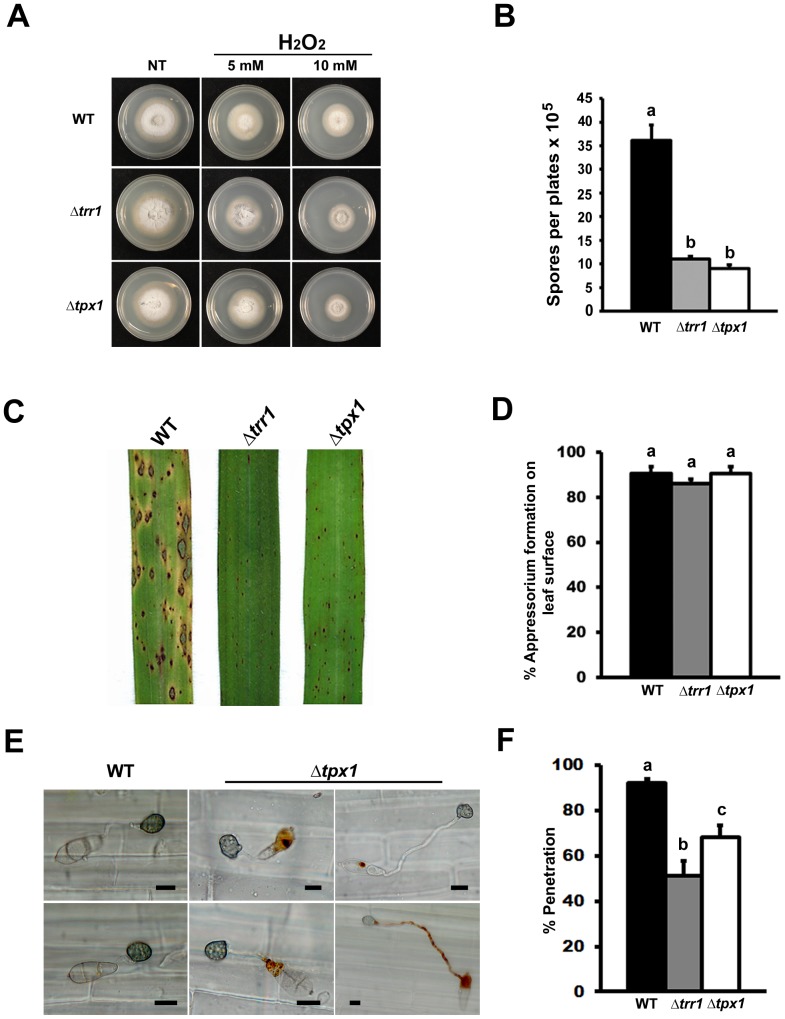Figure 4. The thioredoxin antioxidation system is essential for appressorium function and pathogenicity.
(A) Δtrr1 and Δtpx1 thioredoxin mutant strains were sensitive to H2O2 compared to WT on CM at the concentrations shown. NT = no treatment. (B) ▵trr1 and Δtpx1 mutant strains were significantly reduced (Student’s t-test p≤0.05) in conidiation on CM media compared to parental WT strains. (C) Δtrr1 and Δtpx1 mutant strains were reduced in virulence compared to WT parental strains when applied to leaves of the susceptible rice cultivar CO-39. (D) Rates of appressorial formation on rice leaf surfaces were not significantly different (Student’s t-test p≤0.05) for Δtrr1 strains or Δtpx1 strains compared to WT. (E) Δtpx1 strains produced a distinctive pigment in the conidium and/ or germ tube when in contact with the leaf surface that was not seen for WT strains. Scale bars: 10 µm. (F) Appressorial penetration rates of leaf cuticles were significantly reduced (Student’s t-test p≤0.05) in ▵trr1 and ▵tpx1 strains compared to WT. (B, D, F) Values are the mean of three independent replicates. Error bars are SD. Bars with the same letter are not significantly different (Student’s t-test p≤0.05).

